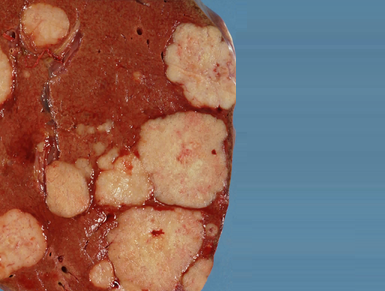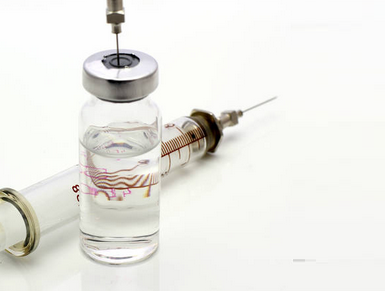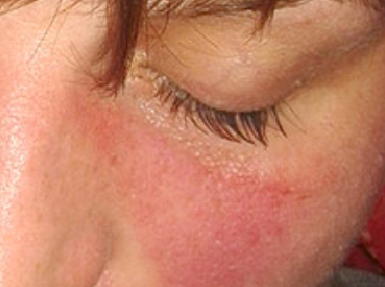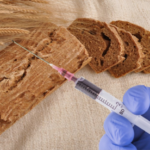DOI: 10.13140/RG.2.1.2221.1289
ABSTRACT
Technology: Teriparatide.
Indication: Osteoporosis treatment.
Characterization of the technology: Teriparatide (PTH) is a synthetic polypeptide which contains the amino acids of the active region of human parathyroid hormone. It is a bone anabolic agent that stimulates bone formation and increases bone strength, reducing the risk of fractures.
Question: Is teriparatide effective, safe and cost-effective for osteoporosis treatment, regarding the alternatives available at SUS?
Search and analysis of scientific evidence: We conducted a search at the databases The Cochrane Library (via Bireme), Medline (via Pubmed), Lilacs and Centre for Reviews and Dissemination (CRD). Manual search was also conducted on the internet and in the references of the studies found. Health Technology Assessments (HTA) have been selected in international agencies and in Brazilian Network for Health Technology Assessment (REBRATS). Systematic reviews of randomized controlled trials (RCTs) and cost-effectiveness studies that evaluated the use of teriparatide compared to placebo or to alternatives available at SUS were eligible. The outcomes considered were bone density, risk of fractures, adverse events and incremental cost-effectiveness ratio (ICER).
Summary of results of selected studies: Six systematic reviews of efficacy and safety and two cost-effectiveness studies, one of them is a systematic review, were included. All systematic reviews of efficacy and safety had reasonable quality and favored the use of teriparatide. Regarding the increase in bone mineral density (BMD), teriparatide was more effective than placebo, alendronate and conjugated estrogens in all studies that evaluated this outcome. In the reduction of fractures, considered as the clinically relevant endpoint, teriparatide was effective compared to placebo, alendronate, raloxifene and conjugated estrogens. Information on the safety of the technology was insufficient and there is evidence that treatment with high doses of PTH was associated with developing osteosarcoma. Regarding the cost-effectiveness, the included studies did not demonstrate clinical relevance in the outcomes assessed and teriparatide proved to be cost-effective only in comparison with bisphosphonates and only for patients with severe postmenopausal osteoporosis (BMD below than 2.5 standard deviations with at least one bone fracture).
Recommendations: We weakly recommend teriparatide use only for women with severe postmenopausal osteoporosis and therapeutic failure to alendronate, which is provided by SUS. It is important to highlight that teriparatide has a high cost compared to alternatives already incorporated and that other developed countries recommend the limited use of this technology.
































Adicionar Comentário